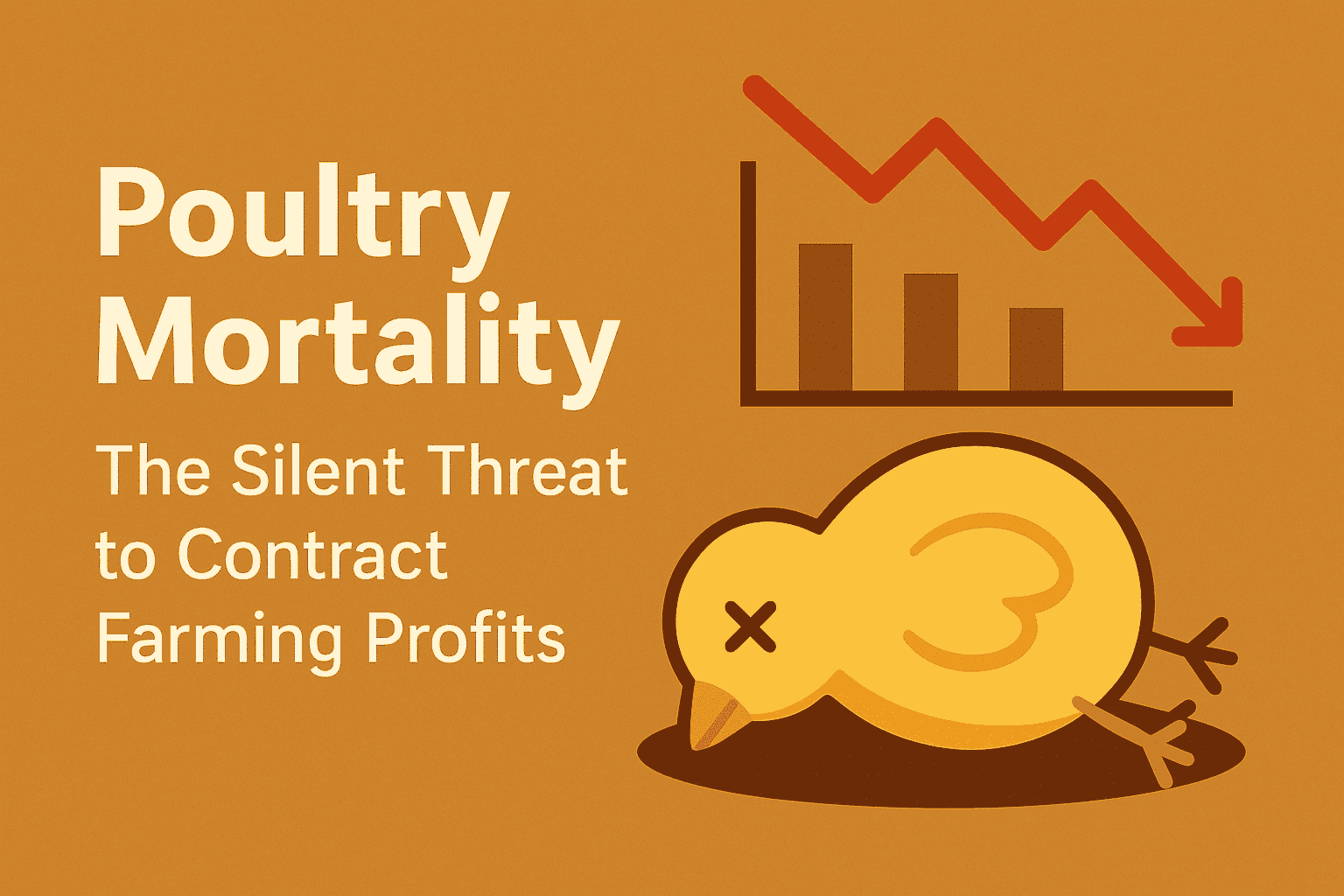Working closely with poultry farmers across many regions I have seen how a small gap in inventory tracking can lead to big losses Especially in the meat handling stage when birds are processed into different types the real challenge begins How to keep track of what is in storage what is selling and what is getting stuck
This blog comes from that experience It is meant for farmers who want to tighten their process understand their stock better and sell smarter We are not just talking about quantity but the kind of meat you have where it is kept and how long it has been sitting That is the key to better selling and reduced wastage
Let us walk through the idea of type wise meat stock tracking step by step
Understanding the Meaning of Type Wise Meat Stock
First let us break it down Every bird processed at the plant results in different types of meat These types can include whole birds leg portions breast meat wings or skinless cuts Each type has its own demand in the market and behaves differently in storage
Type wise meat stock means separating and recording your inventory by these individual meat categories instead of lumping everything together It means knowing not just how much stock you have but what kind of stock you are holding
When you know the types and their flow you can make decisions that suit both your sales plan and your storage limits
Set Up a Simple Method to Track Meat by Type
You do not need complex tools to begin What matters is a consistent way to record and view your stock Each day when meat is processed note how much of each type is added to storage Make sure that meat is labeled and stored in its own section in the cold room
Also when meat is dispatched for sale or delivery make sure to record how much of each type went out This step sounds simple but over time it gives you a clear picture of what is moving fast what is sitting too long and what needs attention
The goal here is to make your inventory speak to you and guide your next decision
Spot Trends in Sales and Act Early
Once you track your stock by type you will begin to notice patterns Some weeks there is more demand for wings Other times breast meat moves quickly Some buyers ask for skinless cuts only while others want whole birds
This type of visibility helps you act early For example if you see that a certain type is not moving try offering it to a different buyer or adjust your next production plan You can even set up small deals to push slow moving stock before it loses value
Farming is already full of uncertainty but this approach removes the guesswork from your selling strategy
Use Stock Insights to Prevent Wastage
Wastage is a slow killer of profit in poultry processing When meat stays too long in storage its value drops Its shelf life shortens and its quality suffers Many farms do not realise they are losing money until it is too late
Tracking stock by type allows you to rotate inventory better sell older stock first and avoid piling up too much of one kind of meat With this method you can also plan smaller batches that meet demand more precisely instead of overproducing and freezing excess meat
Reducing waste is not just about saving meat It is about saving your money effort and trust in the market
Improve Coordination Between Processing and Sales
Often the sales team and the processing unit work in silos Sales is unsure what is in stock Processing does not know what is selling fast This creates confusion mismatched planning and delays in order fulfilment
When type wise stock tracking is in place both teams can see the same data and align their actions If breast meat is in high demand sales can inform production early If certain cuts are piling up production can slow down for that type and switch to what is needed more
This level of coordination helps the farm run smoother and keeps customers satisfied with timely delivery
Prepare for Market Demands with Real Data
The poultry market changes with the season with festivals and even with location Buyer demand is not always the same What sells in the city may not move in rural areas A product that is hot in one season may slow down in another
Tracking your stock type wise over weeks and months helps you build a clear view of your market You can see when demand for wings increases or when whole bird orders drop You can plan your future stock accordingly and produce what is needed most
This kind of market readiness puts your farm in a strong position to compete and grow
Final Thoughts on Smarter Meat Stock Tracking
Running a poultry farm is not just about birds and feed It is about knowing what happens after the birds are processed That stage is where many farms lose money silently
By adopting a simple but steady practice of tracking meat stock by type you create a system that helps you sell faster respond to demand avoid waste and improve coordination on your farm
It does not need to be complicated It just needs to be consistent Let your inventory guide your planning Let your planning guide your production And let your farm grow with fewer surprises and better profits




